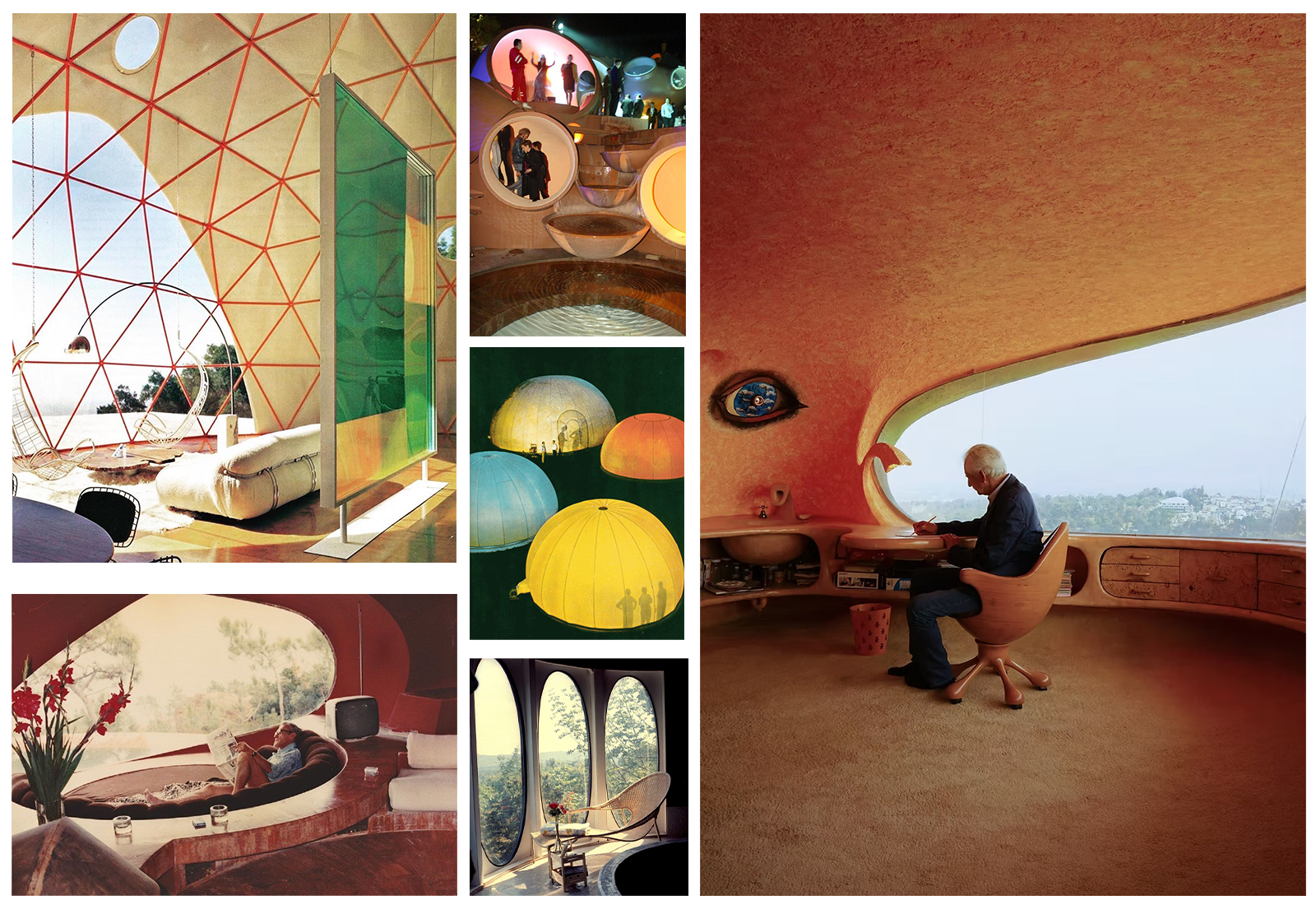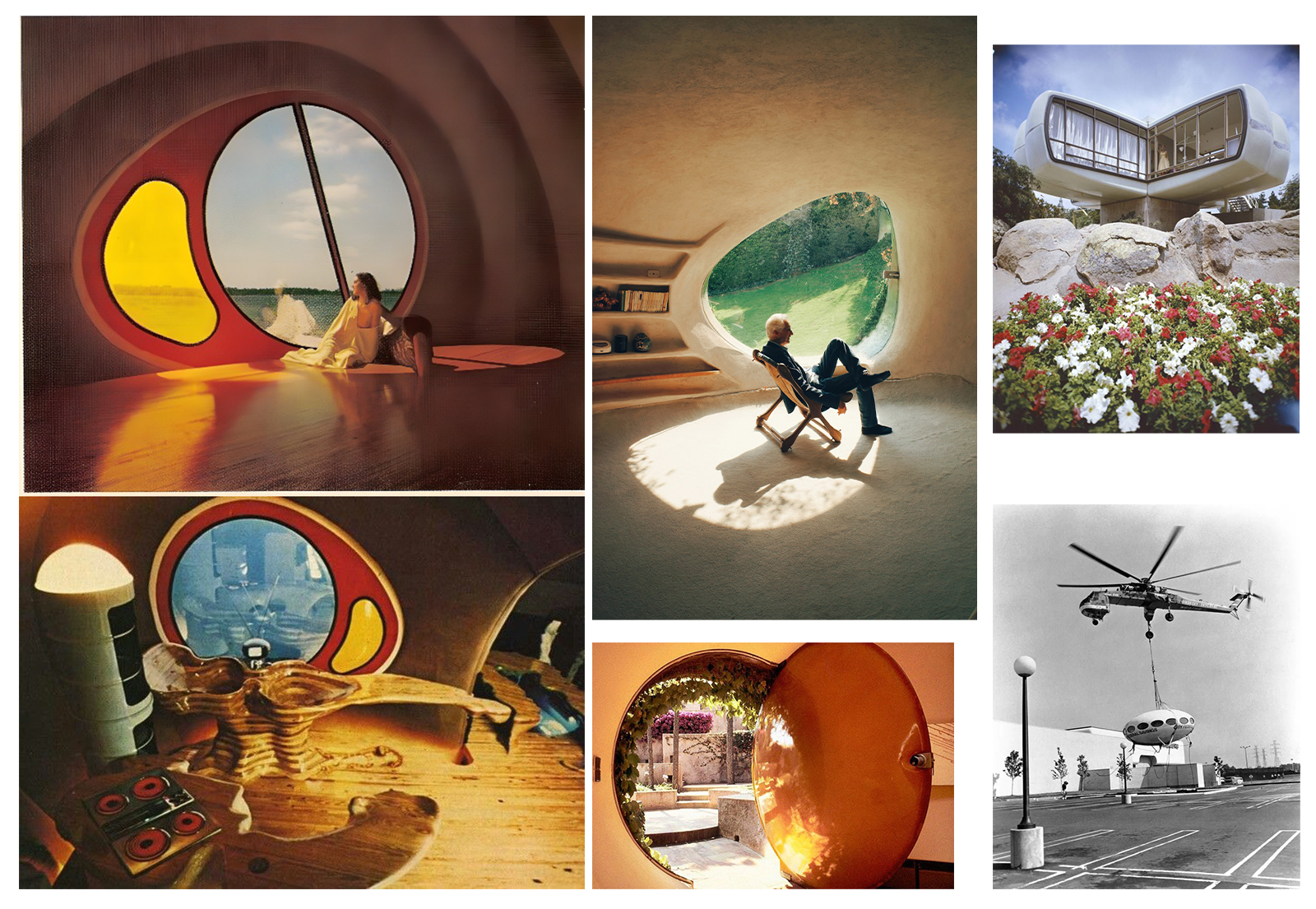BEYOND THE LOBBY: HOUSES OF THE FUTURE
Houses of the Future: Visionary Architecture and New Ways of Living
By Jon @whereismyhotel
Futuristic houses are not only projections of architectural imagination, but also reflections of the social, technological, and environmental concerns of each era. Over time, designers and architects have sought to create living spaces that challenge traditional ways of life, proposing innovative solutions—sometimes utopian, sometimes radical—but always provocative.
During the 1960s and 70s, futuristic architecture took a path of imagining homes with rounded shapes, synthetic materials, and modular or inflatable structures. Habitable capsules, self-sufficient bubbles, and nomadic spaces were created that defied the classical concept of home. Many of these proposals were direct critiques of traditional lifestyles, advocating for a freer existence, connected with nature—or even with the cosmos.

Back then, the future was a mix of emerging technology, pop aesthetics, and hope in progress. Home automation was talked about before the term even existed; plastics, fiberglass, and inflatable systems were experimented with as if they were the ultimate solution for the homes of tomorrow. Some ideas materialized as prototypes and at world expos; others remained speculative or as artistic works of social critique.
Today, sustainability, spatial adaptability, nomadic living, and the intelligent use of materials and technology are real needs. Futuristic homes are no longer just aesthetic fantasies, but practical responses to the challenges of modern life: climate change, massive urbanization, global pandemics, or the search for energy independence.
Now, in the 21st century, many of those visions are making a comeback. The Hotel Los Felices in Ibiza has reinterpreted a "Futuro House" by Matti Suuronen within the hotel, and it’s not an exception. Whether they are dwellings, compact capsules, 3D-printed structures, floating houses, or mobile micro-homes, they all share one ambition: to reinvent how we occupy space and how we interact with our surroundings—but above all, how we live.



